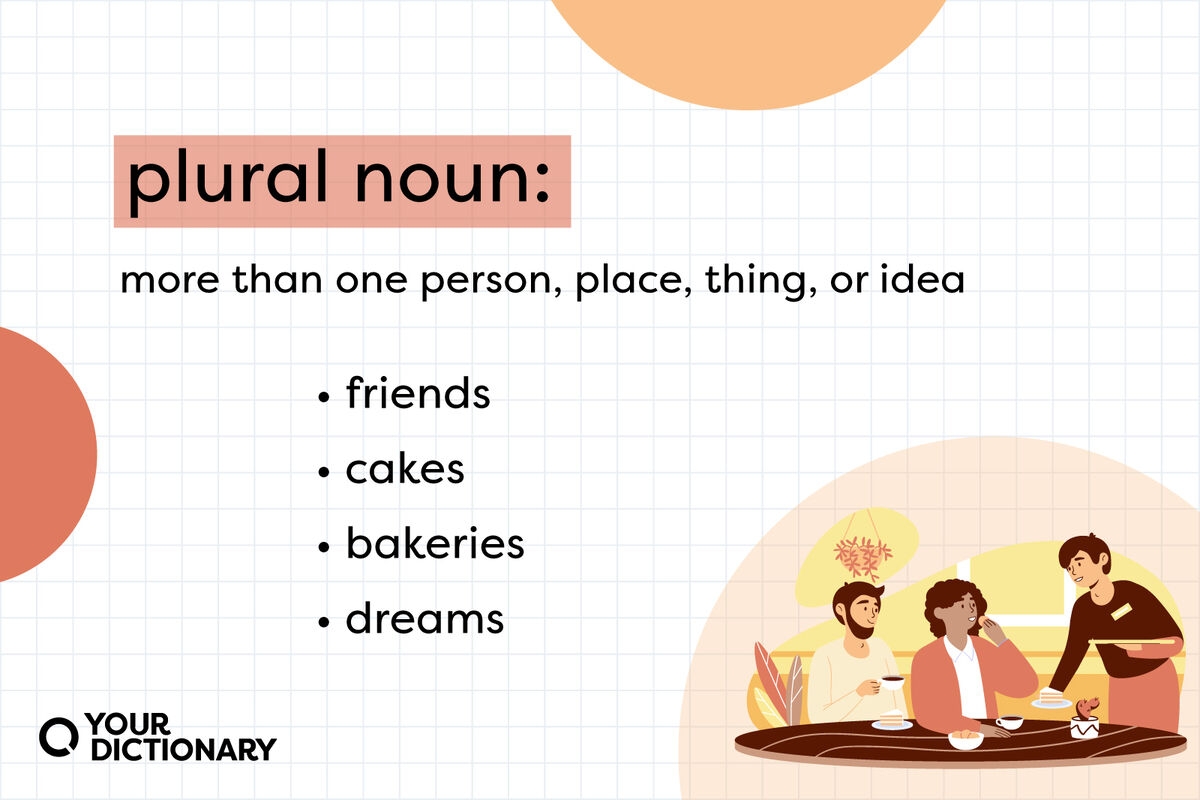Plural nouns play a crucial role in the English language by indicating that there is more than one of a particular person, place, thing, or idea. They help us communicate effectively and accurately by specifying quantities and distinguishing between singular and plural forms.
Understanding how to form and use plural nouns is essential for clear and concise communication in both spoken and written language. Whether you are a student, a professional, or simply someone who wants to improve their language skills, mastering the rules of plural nouns can greatly enhance your ability to express yourself.
Formation of Plural Nouns
In English, most plural nouns are formed by adding an -s to the singular form. For example, “cat” becomes “cats” and “book” becomes “books.” However, there are several exceptions to this rule, such as nouns ending in -s, -sh, -ch, -x, or -z, which require the addition of -es to form the plural.
Irregular plural nouns, on the other hand, do not follow a specific pattern and must be memorized. Examples of irregular plural nouns include “child” becoming “children” and “mouse” becoming “mice.” It is important to be familiar with these irregular forms to use them correctly in sentences.
Additionally, some nouns have the same form for both singular and plural, such as “sheep” and “fish.” These nouns are known as pluralia tantum and do not change in number when referring to more than one.
Understanding the rules for forming plural nouns can help you avoid common mistakes and improve the clarity of your writing. By paying attention to the endings and exceptions, you can ensure that your nouns are correctly pluralized and convey your intended meaning effectively.
In conclusion, plural nouns are an essential part of the English language that help us express quantity and distinguish between singular and plural forms. By mastering the rules for forming and using plural nouns, you can enhance your communication skills and convey your ideas more clearly. So next time you encounter a plural noun, remember to apply the correct rules and ensure that your writing is accurate and concise.
